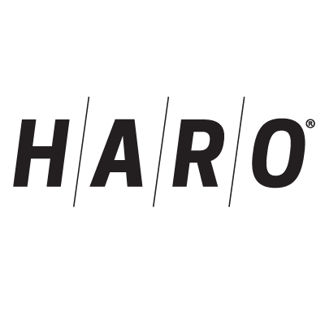 Do it right and you could form lasting and lucrative media relationships
Do it right and you could form lasting and lucrative media relationships
Help a Reporter Out is a free service that enables journalists to connect with information sources. If you're an expert and have an interesting opinion or story to share with the media, you can sign up for HARO to get connected to journalist and get your story published, which will ultimately increase traffic to your website and get the word out about your company.
Finding the right outlet for your story through HARO is easy if you follow these simple tips:
1. Only respond to the perfect match.
After you start your free account with HARO, you will start seeing requests from journalists three times a day: 5:35 a.m., 12:35 p.m. and 5:35 p.m. (ET). Read them carefully and choose the best fit for your pitch. Respond to queries only if your experience and information is an exact match with what the journalist is looking for. If you don’t see a request that matches your pitch or your expertise precisely, wait for another one. There is always more to come.
2. Respond quickly.
If you see a perfectly matching query for your expert/brand/story, you must answer promptly. Deliver your pitch within an hour after the request arrived. Often times it's first come, first serve, so timely responses are often rewarded over quality responses.
3. Edit and proofread meticulously.
Journalists will not trust you nor take you seriously if your material has grammatical errors or is poorly written. Check your grammar and spelling and make sure you edit and proofread carefully before you send your pitch.
4. Be different.
Come up with a unique response to grab journalists’ attention and stand out from the clutter. They get multiple pitches every single day, so you've gotta work to make your pitch better than the rest. Focus your messaging on their needs and their audience, not you and your needs.
5. Be brief.
HARO pitches need to be brief and right on topic; journalists don’t have time for excessive wordiness. Strive for a 3-5 sentence teaser, unless the reporter asks for specific information.
6. Provide accurate and true information.
HARO journalists rely on you as their source for information. You need to make sure that your information is completely accurate if you want them to use it. Keep in mind that you may or may not be quoted on the information you submit. If they like what you submit, they may call on you again.
Bonus tip: Follow up.
In our experience, if you follow-up from your original pitch one time just before their deadline, you're more likely to stand out at the top of their inbox and after they've realized they've received too many pitches and won't have time to go through each of them to find the best sources. You only have a small window to do this before their deadline.
HARO is a unique platform you can use to build your media relations and gain more publicity. By proving yourself to journalists as a reliable, timely source of interesting information, you get your brand promoted and they get their job done by publishing their stories.
At Axia Public Relations, we take working with media representatives very seriously. Download our e-guide Learn Media Relations from the Media to discover how to make the most of your media relationships.
 Yulia Dianova is a public relations professional who is skilled in building relationships with target audiences. She provides counsel to organizations that seek PR help to further their growth and reach their goals. Yulia earned a master’s degree in public relations management from University of Maryland University College. She is fluent in Russian and English and is always looking for a new challenge.
Yulia Dianova is a public relations professional who is skilled in building relationships with target audiences. She provides counsel to organizations that seek PR help to further their growth and reach their goals. Yulia earned a master’s degree in public relations management from University of Maryland University College. She is fluent in Russian and English and is always looking for a new challenge.
Topics: media relations, public relations, media


Comment on This Article